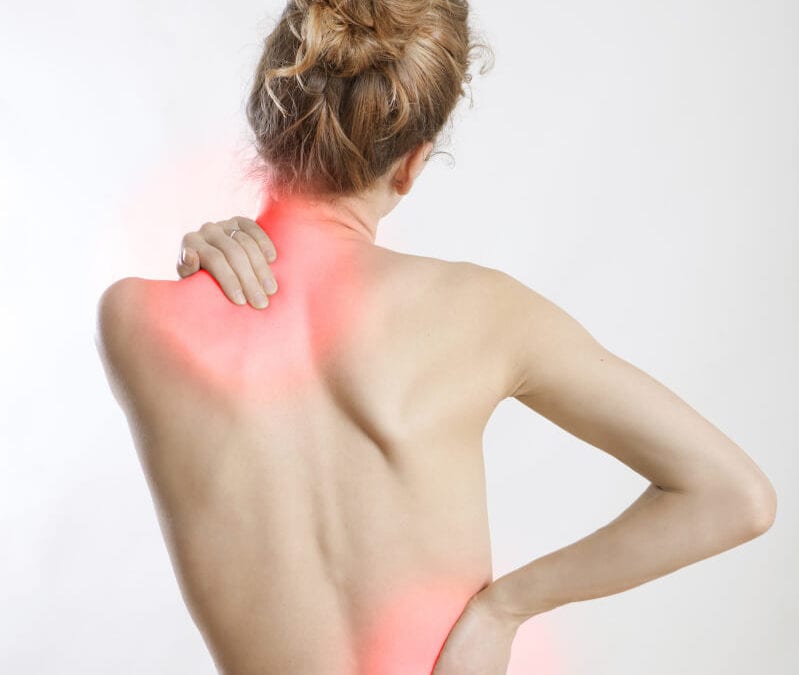Causes Of Lower Back Pain
Lower back pain, is often a symptom of a deficiency—in strength, flexibility, or a combination of the two—elsewhere in the body. Perhaps your core is weak, so instead of sharing the work to keep your torso upright while sitting, it’s forcing the back to do more than it should. Or if your hips are tight, they might be pulling up into the back.
Improper form while exercising can also create issues. Hinges (think: deadlifts) in particular are often performed incorrectly, says Ferriere, with the bend coming from the spine rather than where it should: from the hips.
Certain types of workouts can also irritate pre-existing lower back sensitivities. Corrective exercise specialist Tatiana Lampa, CPT, has her aching clients take a break from HIIT and running. “We slow it down to strength-training and low-impact workouts until the back is strong enough to support you in high-impact exercises,” says Lampa, who is also the founder of the Training With T app.
A slew of everyday behaviours add up to ouch too. (I can’t be the only one pulling eight-hour shifts from my non–ergonomically sound couch.) “The majority of the causes are lifestyle,” Lampa says. “Stress, poor sleep, and not exercising can be some major factors in why low-back pain shows up.”
How To Erase Low-Back Pain
“Strength training and mobility drills are the gold standard to decrease back pain for so many of my clients,” Lampa says. Research also lends credence to a blended approach of strengthening and mobilising. For instance, Pilates relieved low-back pain better than several other forms of singularly focused exercise (such as stretching, aerobic exercise, and general strengthening alone), according to a recent meta-analysis.
Striking the right balance between strength and flexibility work will look different depending on your body’s unique needs. “Certain people run stiffer and certain people run more loosey-goosey. The people who run stiffer are going to need more mobility, and the people who run more loosely are going to need more strength,” Ferriere says. “You’re looking for both.”
To that end, Ferriere created the pain-eraser workout, which is full of flexibility and strengthening moves for relief and reinforcement. You’ll open up tight spots and strengthen the core—through activity and more.
Take a look at This Lower Back Workout by Amy Wilkinson from Women’s Health


Recent Comments